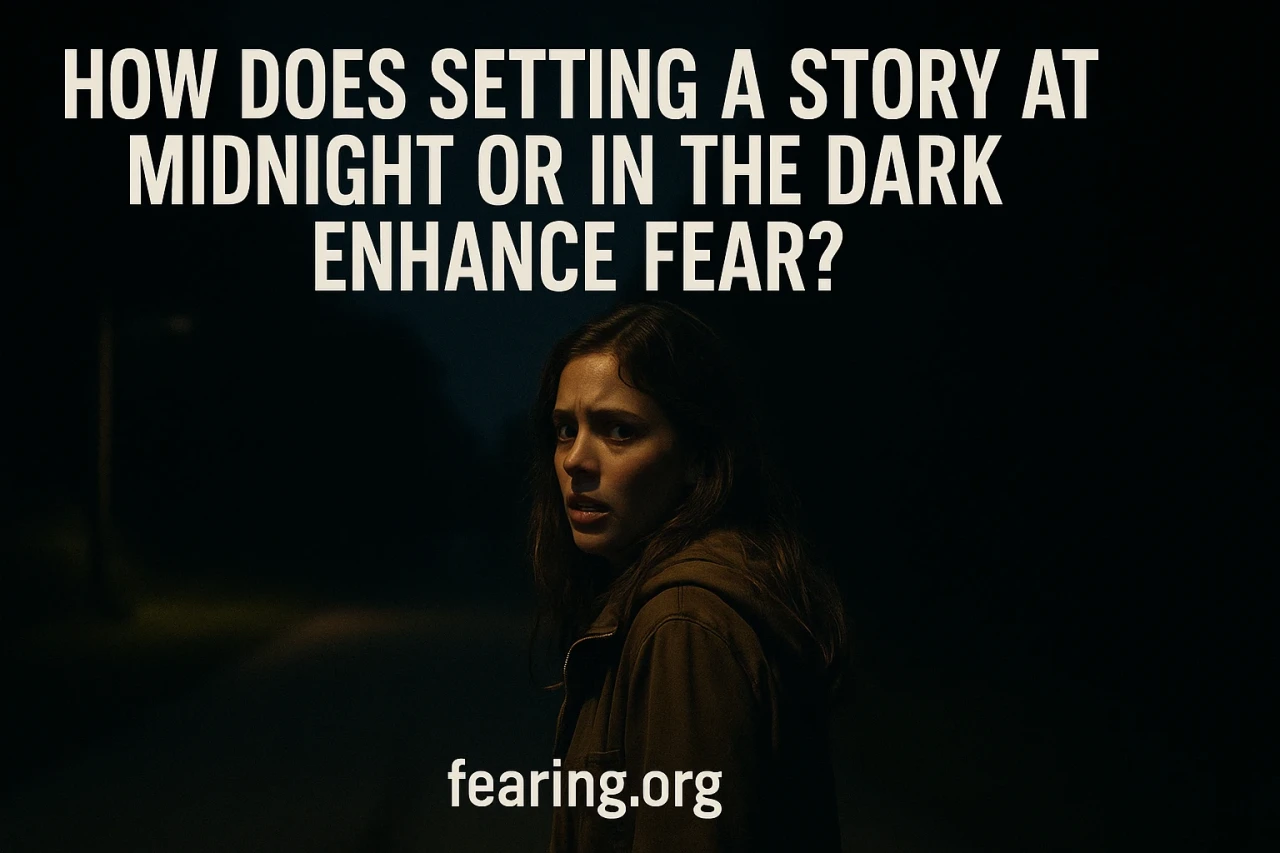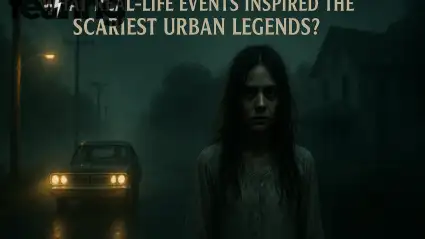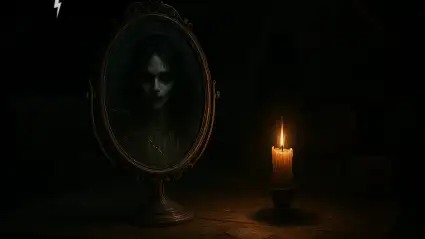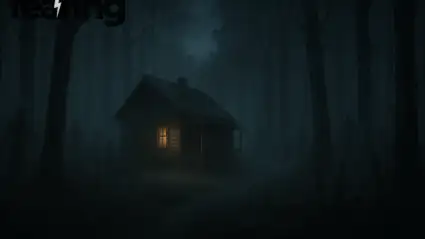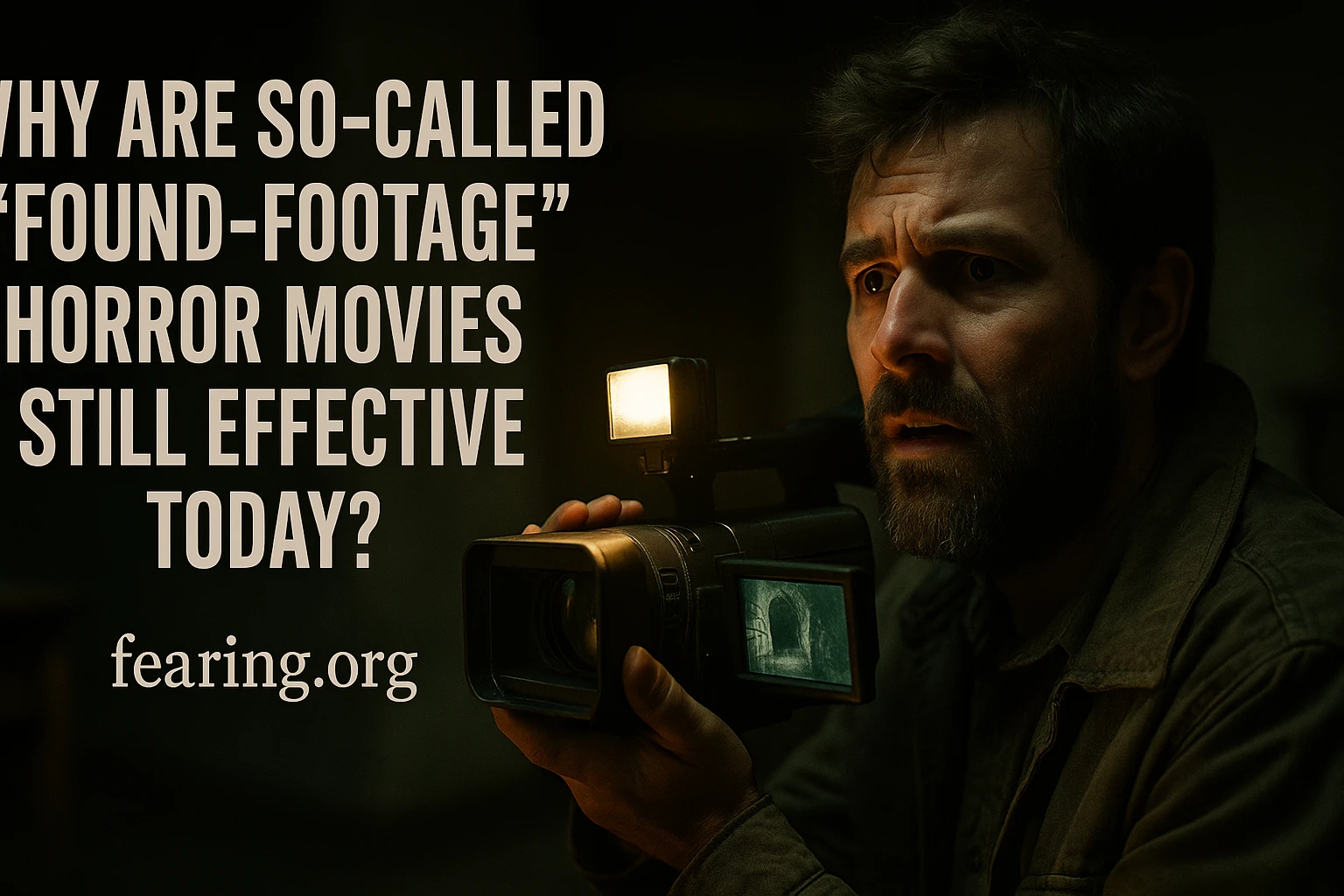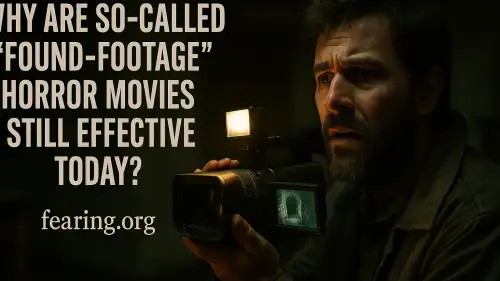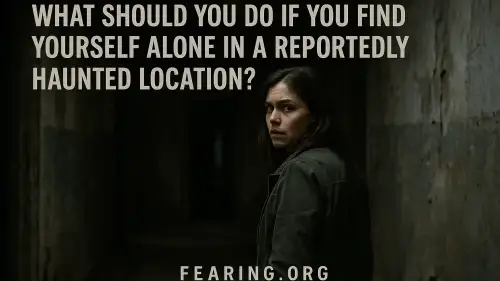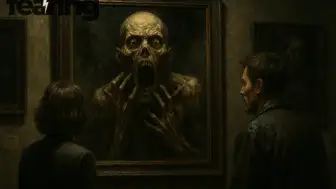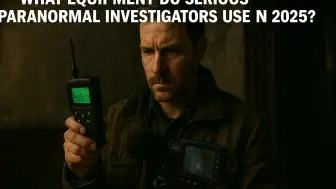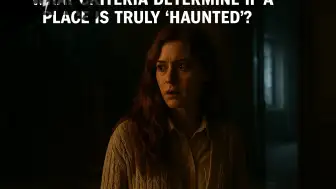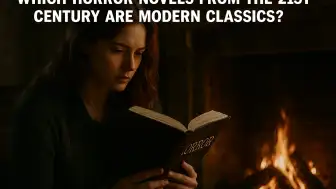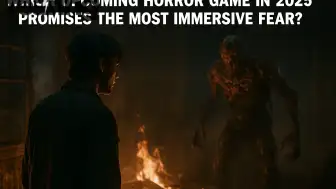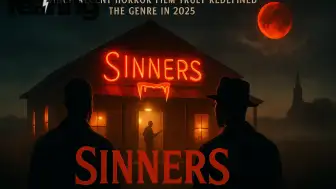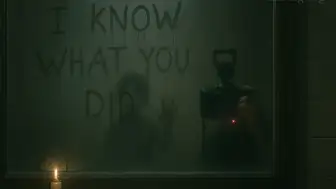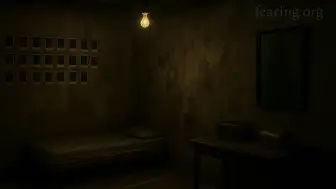Darkness has always been fear’s oldest companion. Long before cinema or storytelling, early humans feared what they couldn’t see — the unknown moving just beyond the firelight. That instinct has never left us. Whether in literature, film, or folklore, setting a story at midnight or in the dark amplifies every emotion: vulnerability, suspense, and dread. It’s not simply a matter of atmosphere — it’s biology, psychology, and storytelling mastery working together.
When storytellers plunge their worlds into darkness, they’re not just removing light; they’re removing safety.
The Biological Root of Fear
Human vision is wired for daylight. In darkness, our ability to detect movement, color, and distance diminishes, leaving us half-blind. That sensory deprivation triggers the brain’s survival instincts. The amygdala — the part responsible for fear — becomes hyperactive, heightening alertness even when nothing’s wrong.
In storytelling, this primal reaction translates beautifully. Readers or viewers don’t need to see danger; they just need to feel that something might be there. When a character walks into a dark room, our own biology takes over. We lean forward, eyes straining, heart rate rising. Darkness doesn’t need monsters; it creates them.
Midnight: The Psychological Threshold
Midnight holds symbolic power across cultures. It’s the hour when one day dies and another begins — a liminal space where rules blur. For centuries, folklore described midnight as the “witching hour,” when spirits roam freely and boundaries between life and death weaken.
Setting a story at midnight immediately signals unease. It tells the audience they’ve crossed into a time when logic sleeps. Everything ordinary — a clock ticking, a gust of wind, a whisper — feels amplified. Midnight represents not just darkness but transition, a reminder that danger lurks when the world is quiet enough to listen.
In this stillness, imagination becomes the antagonist.
The Fear of the Unknown
Fear thrives on uncertainty. In darkness, every shadow hides a possibility — a person, a creature, or nothing at all. That tension between what might be and what isn’t creates psychological chaos. The brain fills gaps with worst-case scenarios, turning silence into sound and stillness into movement.
Writers and filmmakers use this to their advantage. A creak in daylight is harmless; the same sound at midnight feels like a warning. Darkness slows perception, forcing audiences to anticipate rather than react. That anticipation is where true fear lives.
When nothing is visible, everything becomes possible.
Isolation and Vulnerability
Light represents civilization, control, and awareness. When it fades, so does our sense of dominance. Darkness isolates — it cuts off communication, hides exits, and erases the familiar. In storytelling, that isolation is gold.
A protagonist alone in the dark isn’t just physically endangered; they’re psychologically stripped bare. They can’t rely on sight, only instinct. The environment becomes a character, turning every corner and corridor into an adversary.
This vulnerability connects directly to the audience. We know what it’s like to feel powerless in the dark — to grope for a switch, to listen too closely, to imagine footsteps that aren’t there. A good storyteller turns that shared experience into suspense.
Sensory Shifts and Heightened Perception
When vision fades, the other senses take over. Sound, touch, and even smell become more pronounced. Storytellers use these shifts to heighten immersion.
In film, you might hear slow breathing or distant footsteps before seeing anything. In literature, a sentence describing the texture of air or the weight of silence pulls you into the scene. Darkness transforms sensory absence into presence — what you can’t see becomes what you feel.
By engaging multiple senses, the story bypasses logic and speaks directly to the body. Fear becomes physical — a tightening in the chest, a shiver on the skin.
The Symbolism of Darkness
Darkness isn’t just an environmental condition; it’s a metaphor. Across storytelling traditions, it represents ignorance, death, repression, or the subconscious. Setting a scene in darkness externalizes inner fear. When a character descends into a tunnel, a cave, or an unlit room, they’re also descending into themselves — into memory, guilt, or desire.
Midnight works the same way. It’s the moment of truth, the time when secrets surface and defenses collapse. Horror uses darkness not merely to hide monsters, but to expose humanity.
The Contrast Principle
Light and dark are storytelling tools of contrast. The momentary flicker of light in a dark scene — a candle, a flashlight, a bolt of lightning — offers brief hope before plunging the audience back into uncertainty. That rhythm creates tension.
A good storyteller uses darkness dynamically, not constantly. The eye craves contrast, and fear builds when flashes of clarity reveal too much or not enough. Think of a character’s face illuminated for a second before vanishing again — the terror lies in what follows, not what’s shown.
The Timelessness of Night
Night is universal. Everyone, regardless of culture or background, has experienced fear in the dark. That shared vulnerability makes darkness one of the most powerful narrative tools in existence. Unlike specific cultural symbols or regional myths, darkness needs no translation.
From ghost stories whispered around campfires to modern psychological thrillers, night remains the perfect stage. Its silence amplifies emotion. Its emptiness invites imagination. And when midnight arrives — when the clock ticks past safety into uncertainty — even the bravest character becomes human again.
Why It Still Works
Despite technological progress and electric lights everywhere, the dark continues to dominate horror because it taps into something older than storytelling: survival instinct. Fear of darkness isn’t childish — it’s ancestral. The mind that once kept early humans alive in caves still wakes up when light disappears.
That’s why even the most sophisticated audience can’t fully dismiss a story set at midnight. Deep down, every reader and viewer knows that darkness still belongs to something beyond our control — and that’s what makes it endlessly frightening.

